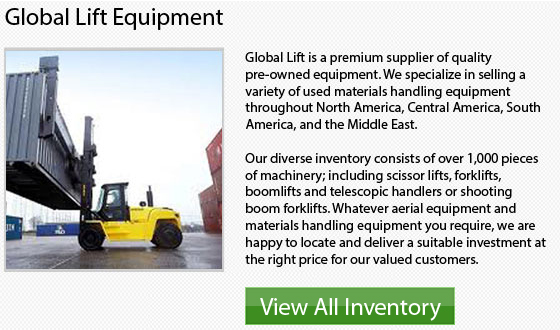
Counterbalance lift trucks are basically forklifts that are engineered with counterweight at the back of the equipment. The counterweight works to balance the weight that the tines are carrying at the front of the load. This specific design is engineered to stabilize conventional lift trucks. As far as electric counterbalance lift trucks are concerned, the battery itself forms the counterweight.
Nearly every lift truck manufacturer will have in their product range, a counterbalance forklift. These equipment would come in a huge assortment of fuel sources, configurations, and sizes. These forklifts could with pneumatic or solid tires. They can work in various applications. These types of lift trucks are outfitted with a range of accessories. Common options and attachments include: slip sheet attachments, fork shifts, hydraulic clamps and side shifts just to name some items.
The counterbalance lift truck has in fact revolutionized the entire business of material handling. These machines are important to the shipping and receiving centers around the world because they are used for stacking, loading, unloading and horizontal transport functions. The average warehouse lift trucks are typically used for lift heights less than 20 feet or 6 meters. There have been some models recently designed which can lift to heights 9.5 meters or 31 feet. The smaller 4000 lbs. or 1-1.8 ton forklifts are the main workhorses in most warehouses. These are the most common units that the majority of small companies will have. The typical warehouse counterbalance forklift is a wide-aisle truck which requires about 3 meters or 11 feet to turn in.
Counterbalance forklifts are not necessarily confined to the warehouse. They are normally utilized for heavy use and carrying containers along with pretty much every use in between. Counterbalance lift trucks are the most widely utilized and versatile of all materials handling equipment.
Due to their durability and versatility, counterbalance lift trucks are commonplace in a huge range of working environments, including warehousing, production and retail. Some of the industrial use consist of: food, chemical, automotive and timber industries.